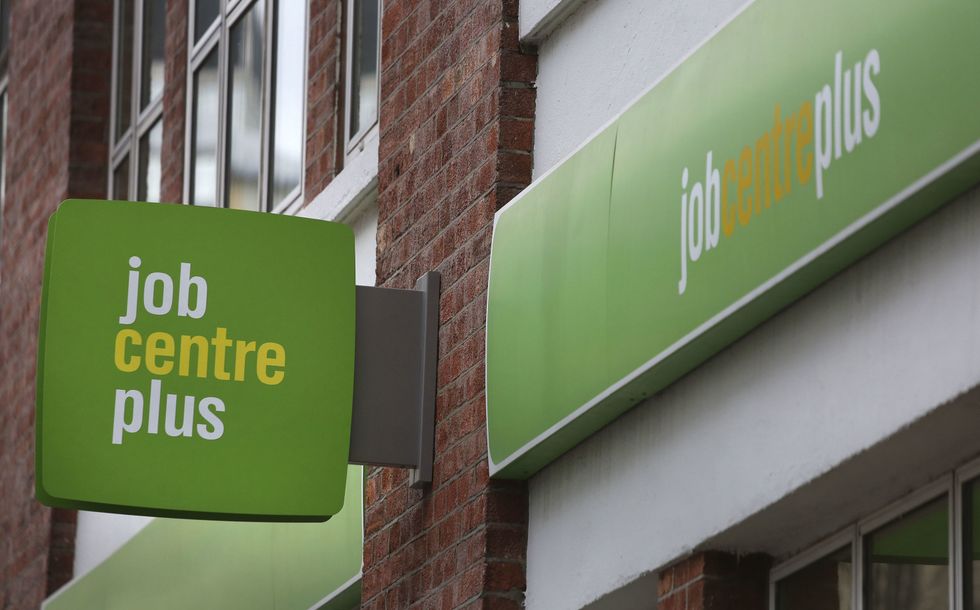Latest figures show the number of people not seeking work due to a long-term illness has hit a record high
The fall in the number of people seeking work has contributed to pushing the unemployment rate to its lowest in nearly 50 years.
Don't Miss
Most Read
The number of adults in Britain who are not employed because they have a long-term illness has increased to a record high, official figures show, amid concerns over shortages of workers in the UK economy.
The Office for National Statistics said unemployment in the UK fell to 3.5% in the three months to August from a previous level of 3.8%, dropping to the lowest level since February 1974.
However, the fall in the headline rate came amid a sharp rise in the number of working-age adults classified by statisticians as “economically inactive,” meaning they are neither employed nor looking for work.
While there are about 1.2 million people unemployed, it said the inactivity rate rose by 0.6 percentage points over the three-month period to 21.7%, with almost 9 million people aged 16-64 economically inactive.
Unemployment rates have fallen to 3.5%.
Philip Toscano
The rise was driven by students, as well as long-term sickness which increased to a record high, with the biggest increases in inactivity rates among those aged 50-64 and among 16- to 24-year-olds.
Almost 2.5 million people are inactive because of long-term health problems.
Economists said rising sickness rates would pose a serious challenge to the government’s economic growth agenda.
The figures come as employers said severe shortages of workers after the Covid pandemic and Brexit were holding back the British economy, with the number of job vacancies close to a record high at more than 1.2m.
Against a backdrop of inflation at the highest level in 40 years and shortages in key occupations, annual wage growth, including bonuses, strengthened to 6% over the three months to August.
Excluding bonuses, pay growth was 5.4%.
While an increase on previous months, the annual growth in workers’ pay was still failing to keep pace with soaring inflation, currently running at 9.9% in the UK.
The ONS said pay growth fell in real-terms by 2.4% when bonuses were taken into account, and by 2.9% for regular pay – slightly smaller than record falls seen in June, but still among the largest declines since records began in 2001.
Since comparable records began in 1971, the economic inactivity rate had generally been falling, before a rise during the Covid pandemic as students decided to stay in education for longer during lockdowns, and sickness levels rose among older adults.
Inactivity rates started to fall again earlier this year, although began rising sharply again in May in a trend that has sounded alarm bells among economists.
Experts have said that rising sickness levels preventing working-age adults from entering the jobs market has come as pressure mounts on the health service from Covid backlogs and after a decade of austerity across the public sector.












